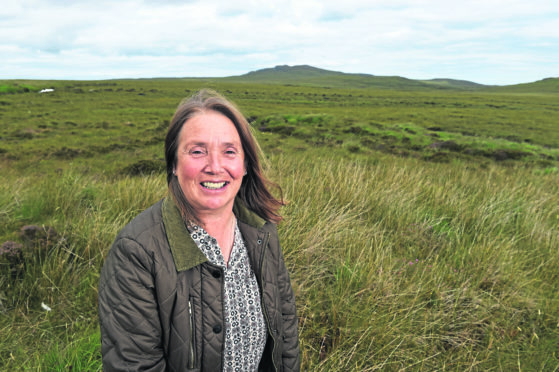Public consultations have begun on the £17m project at Melness in Sutherland with a planning application expected to be lodged next year.
Amid signs that a new space race is emerging in Europe, the first launch from the A’Mhòine peninsula is now earmarked for 2020, according to Lockheed Martin, the US company that is developing the project.
The mission control for the first orbital satellite launch site in Europe could also be located in the Highlands.
UK Secretary of State for Business Greg Clark recently visited the area after the remote site was announced as the chosen location for the spaceport, and it is set to be built on land owned by the Melness Crofters Estate.
It is estimated that 2,000 small satellites will be launched from the UK by 2030, with funding secured for other potential spaceports around the country.
Lockheed Martin and Orbex are currently developing launch systems that will operate from the vertical launch site.
But plans to now launch a year ahead of schedule come after research commissioned by the UK Space Agency warned that Scotland risked being beaten by Scandinavia in the race to build Europe’s first spaceport.
Northern Europe is the ideal location for reaching polar orbits, which offer clear transmission signals to Earth for satellites and continuous sunshine for solar-powered batteries. However, the Highlands is not the only site with access to these prized orbits, with rival bids emerging in Norway and Sweden.
The space agency was told last week that its future depended on being the first to send satellites into space.
“The UK must be first to market to ensure the long-term success of the launch programme,” the consultancy Frost & Sullivan said in a business case.
“First-mover advantage will be significant in the short and mid-terms as there will not be many such business models in operation,” the company said.
Britain pulled out of the space race in the 1950s to devote its resources to Concorde, but the miniaturisation of electronic components has made satellites much smaller, lighter and cheaper to launch into space.
Maggie Aderin-Pocock, a space scientist who presents The Sky At Night on BBC Four, said: “These small satellites really are a global winner and many countries are latching on to them.
“It’s going to be a small, compact and bijou spaceport, but it’s going to do a lot and it’s going to make a lot of difference, especially to the UK economy because now we’ll have an end-to-end system.
“We already build our own satellites but we will launch our own satellites, and we will use the data from our own satellites, and the data itself is worth billions because countries around the world want to know what’s happening in their neck of the woods.”
